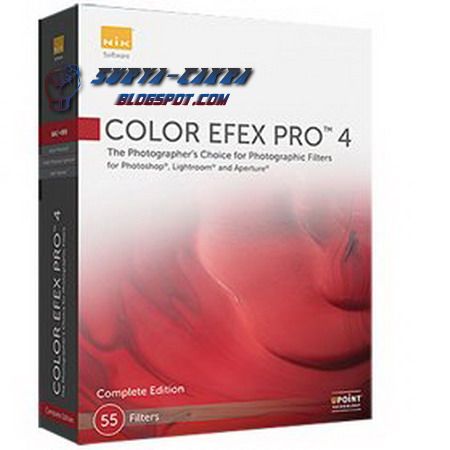

Much like the Foliage filter, the Skylight filter is another tool that can accomplish a basic task in a more innovative way. It’s a big time saver and achieves the same results that I would try for if using ACR or Lightroom. With the Foliage filter, I set a control point on the foliage I want to alter and then dial in what percentage of change is needed and I’m done. The amount of hue and saturation changes that’s needed to get where I want is always changing. The problem with using ACR or Lightroom is that every tree and grass field is different, and masking them accurately is a huge time sink. In my extensive use of Bleach Bypass, I’ve found that resetting the saturation to zero (there are better tools for color manipulation), contrast to the lowest setting of 20%, and just using local contrast and brightness on this filter in conjunction with control points is the way to go for eye-pleasing results.īefore and After Using the Foliage Filter According to the Nik team, local contrast in this filter “utilizes a specially tuned variation of the Structure control found in other Nik Software products to accentuate fine details and textures within the image.” Instead, I use this filter to emphasize an area of the image by using control points and selectively increasing the local contrast. Believe it or not, it has a lot of potential beyond the cheesy preset settings.

Despite the fact, that’s not how I use it. The default values of brightness, saturation, global contrast, and local contrast in the Bleach Bypass filter are supposed to simulate a technique in the film days when you would skip the bleaching step. Using control points is like masking on crack though, and it really changes your entire post-processing workflow and mentality when you start utilizing their potential. When it comes to landscape images, traditional quick masks can be a huge pain because of the inherent randomness in nature. While the image transformation power of Nik is great, it wouldn’t even be half as good if it weren’t for their use of what they call control points. These points are user selected, and create selections based on characteristics such as color, saturation, brightness, location, and similarities with other objects in the image. Before we dive in to the Color Efex Pro top five list, I want to point out the one huge benefit of using Nik Collection applications that comes in to play when using any of its filters or tools.


 0 kommentar(er)
0 kommentar(er)
